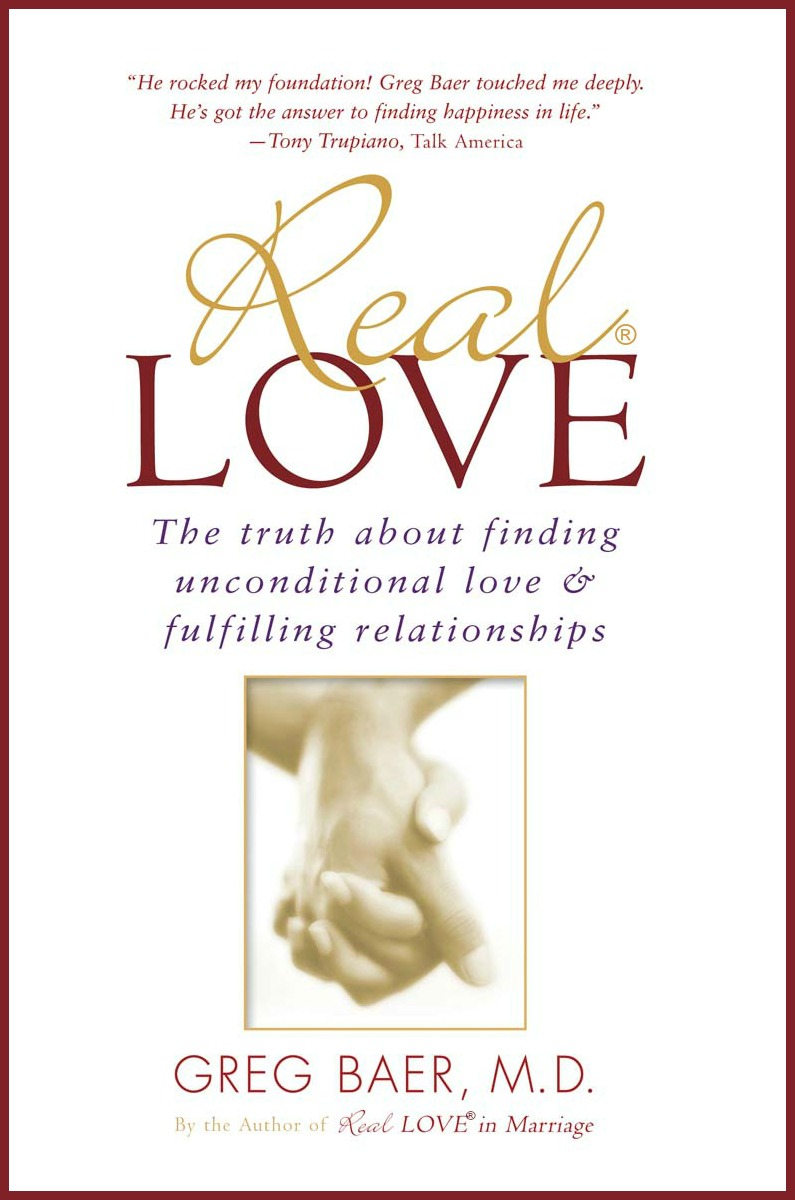On January 16, 2003, the space shuttle Columbia finally thundered off the ground at the Kennedy Space Center. This was the 113th launch of a shuttle, so everyone involved—some 15,000 people at NASA and tens of thousands of supporting contractors--had done this many times before.
At 82 seconds into the flight, however, a piece of foam broke off the surface of the main propellant tank and struck the leading edge of the left-wing of the shuttle. Falling pieces of foam had been observed before—in the majority of shuttle flights, in fact--but the program continued while the problem was investigated.
After Columbia achieved orbit, experts examined films of the foam hitting the wing, and they concluded that there was nothing to be concerned about. On February 1, the shuttle began its descent through the resistance of the earth's atmosphere, where the temperature of the ship's surface rose rapidly to nearly 3,000 degrees Fahrenheit--above the melting point of iron. Although Columbia was covered with thousands of ceramic tiles designed to resist high temperatures, no one knew that when the foam had struck the wing it had caused significant damage to the protective tiles, thereby exposing the underlying structures to the heat of re-entry.
As though guided by a hellish hand, the searing heat bored through the gap in the Columbia's hull and began to eat through the remainder of the ship, tearing it apart like a fiery cancer. In seconds, the shuttle was destroyed, and pieces of the wreckage were found eventually in a swath 200 miles long and 10 miles wide, through Texas, Louisiana, and Arkansas.
A panel of experts later calculated that the falling foam had struck the shuttle wing with a force of nearly 3000 pounds. Engineers constructed a life-sized replica of the wing and fired a similar piece of foam at it with a velocity--545 miles per hour--matching the estimation for the foam that had fallen from Columbia. Those in attendance watched with their mouths open as the foam blew a gaping hole in the simulated wing.
Foam? Who would have thought that foam could blow a hole in a wing constructed of titanium, one of the strongest structural metals. This wing was designed to withstand the buffeting of landing approach speeds as high as Mach 23, or 17,000 miles per hour. But the impossible happened, and it happened under the noses of all those NASA engineers--and despite all those warnings from previous launches--precisely because no one wanted to believe that such a small thing could cause such a catastrophic effect.
When something is small enough, or ordinary enough, or common enough, we just can't imagine that it could cause us harm. So we ignore it, and in our blindness, we create the potential for that thing to cripple or destroy us. There's an old saying that goes,
For want of a nail, the shoe was lost.
For want of a shoe, the horse was lost.
For want of a horse, the rider was lost.
For want of a rider, the battle was lost.
For want of a battle, the kingdom was lost.
And all for the want of a horseshoe nail.
And so it often is with our personal lives. Every day we are faced with numerous decisions about what we will do, how we will perceive situations, and how we will react to circumstances and people. Will we choose to be compassionate, or will we choose to be angry? Will we choose to build loving relationships, or will we take the shortcuts and fill ourselves with moments of pleasure or power? Although some of these decisions appear to be "small," with each one we choose to maintain the integrity of our ship, or—with anger and selfishness—we allow a piece of foam to flake off and strike our wings.
Sometimes the damage of these strikes is small, and we recover quickly. Occasionally, however, the damage of one strike after another becomes increasingly harmful, and when we require the use of our wings—personally, or in our relationships—we discover that the destruction created by our choices has made it impossible for us to function in a healthy way. In these moments we often find that we are helpless to control our path or resist the heat building up because of the resistance all around us, and we break up—emotionally, physically, or in our relationships.
We cannot ignore the effects of these "little" pieces of foam. Every unloving choice, every unkind perspective, every untruthful word becomes a projectile that hurtles back at us, moving at speeds that are literally blinding. Once unleashed, the damage can often be difficult to repair. How much easier it is not to make these choices, not to let loose the destructive chunks in the first place.
Although it's true that our "little" choices have the potential for great harm, we should also be aware that our most powerful motivation is not the avoidance of mistakes. Our choices can also propel us to the moon and beyond. They can create new worlds of unimaginable joy. As we consistently choose to be truthful about our selfish behaviors and perspectives, and as we steadily make more loving choices, we will naturally create a flight toward the happiness that we all seek.


